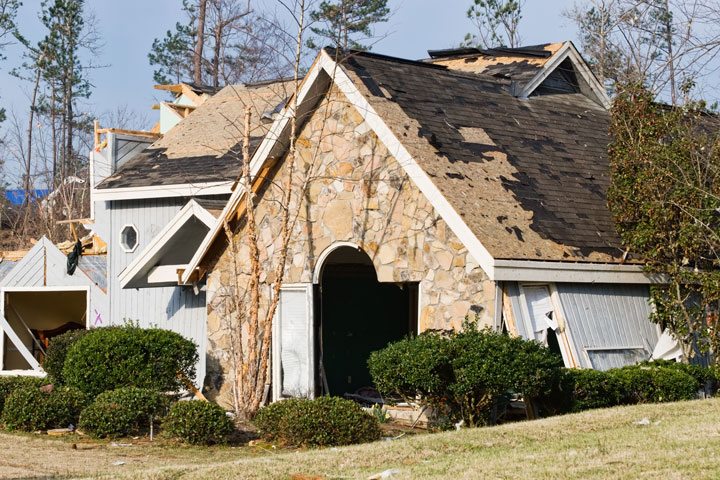One of the neat things about homeowner’s insurance is its breadth of protection.
In a previous article, we discussed homeowner’s insurance “forms” and the types of property coverage provided under them. We discussed the types of losses to the physical structure (and contents) that are covered. There is more to homeowner’s insurance than physical damage coverage, which we’ll discuss in a future article.
What is Dwelling Insurance?
In this article, we discuss another very basic kind of insurance that is sometimes confused with homeowner’s. That kind of insurance may be appropriate for some people and in some circumstances, but not all. It is called dwelling insurance. A dwelling insurance policy is not the same as a homeowner’s insurance policy; it has some similarities but is much less comprehensive. It can be purchased by the homeowner for a house in which he or she resides, for a vacation home, by a landlord, or really, by anyone else who does not need or cannot qualify for the comprehensive coverage that a homeowner’s policy provides. It covers the building and things permanently affixed to the building such as:
- Heating systems
- Cooling systems
- Water heaters
- Water softeners
Other things might be covered depending upon the policy. If you need broader coverage or higher limits of coverage, you can consider a full-blown homeowner’s policy. Alternatively, sometimes a “personal articles floater” will be enough to give you the higher limits or broader coverage that you need.
Because the building is yours, and moreover, if it’s a rental and it provides a source of income for you, you have a stake in its continued existence. That’s called an “insurable interest,” which is a technical insurance concept that underlies all insurance transactions. But, because you live elsewhere, and that is where your “stuff” is located, you need insurance on the rental structure alone, not the comprehensive insurance that a homeowner’s policy provides. This is often called tenant occupied dwelling insurance. If you live in the structure, the insurance is usually called owner occupied dwelling insurance.
Who Buys Dwelling Coverage Rather than “Full” Homeowner’s Insurance?
One of the reasons that a senior may buy a dwelling policy is because, as part of a retirement plan, he or she may have acquired one or more rental properties. While we don’t offer financial advice here, we’d guess that readers who do have rental properties have them to supplement other sources of income, like social security. That is, they rent the property to others, the rent payments supplement their other income and therefore, the property has to be protected.
Dwelling insurance is pretty vanilla. It insures against a limited number of “perils” (causes of loss), typically:
- Fire
- Lightening
- Wind or hail
- Explosions
- Smoke
- Riot
- Damage by an aircraft
- Damage by non-owned vehicles (such as if somebody hits the side of the house with his or her car)
Coverage for other perils may be available depending upon the insurance company chosen.
Other reasons why dwelling coverage might be purchased include:
- Homeowner’s insurance is unavailable due to past claims.
- Let’s face it, as seniors get older, they may not have kept up their homes all that well. This may be because of physical inability to do so, or lack of funds in retirement to hire someone to do it. Because of the deteriorating condition of the house, the underwriting requirements of the insurer may not be met and only dwelling coverage is available.
- Many states allow insurers to include credit ratings as part of their underwriting process. Often, the income of Seniors decline upon retirement, while living costs remain essentially the same or increase. Those factors, coupled with increased medical, drug, and related expenses may make Seniors fall behind on bills, affecting their credit. Poor credit may disqualify the person from standard homeowner’s insurance.
(This article has been reviewed in February 2024 since it originally published August 2016.)
